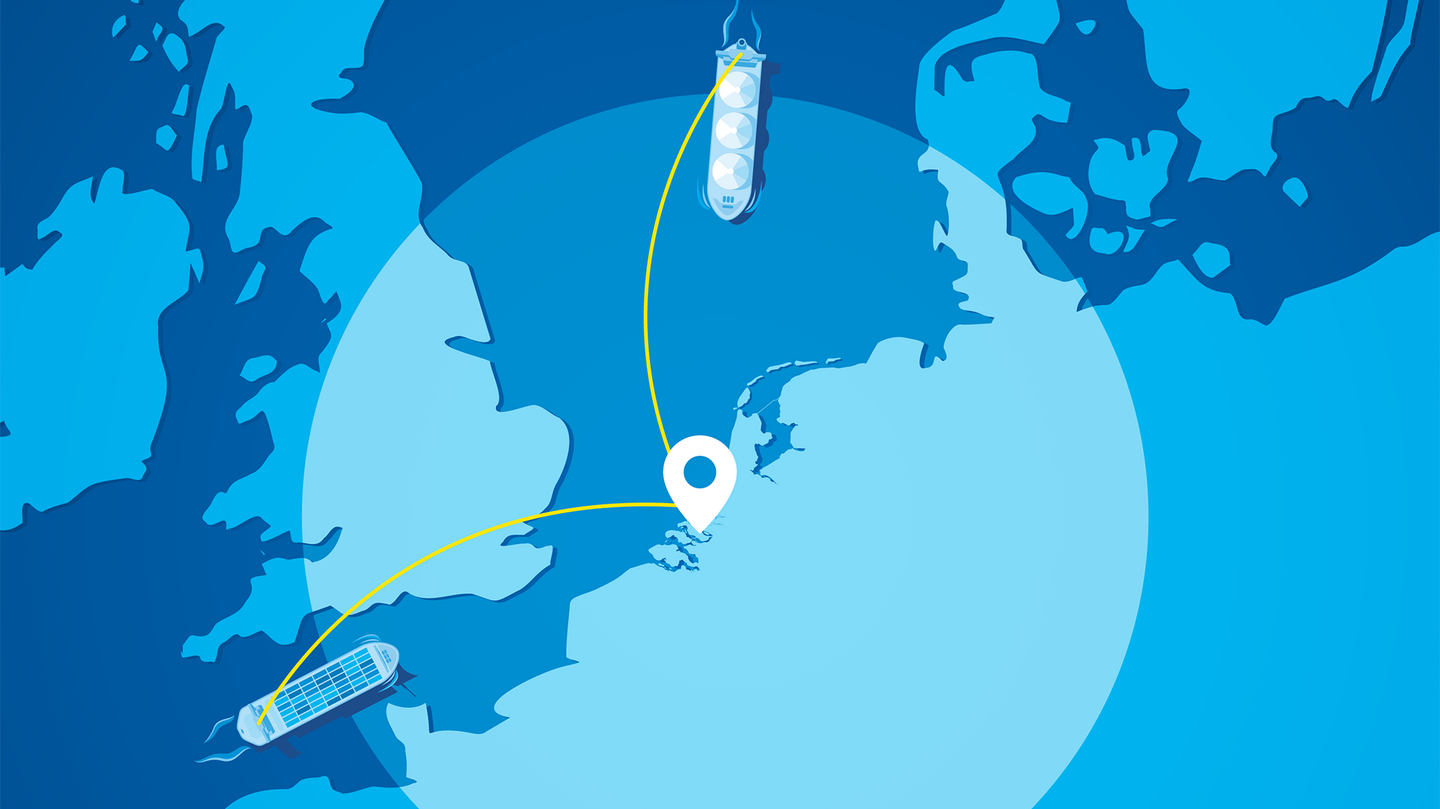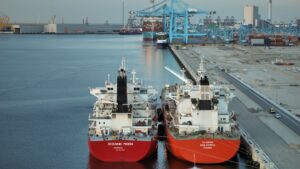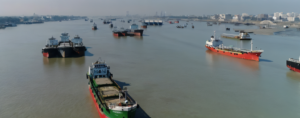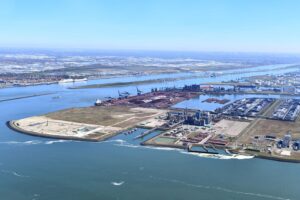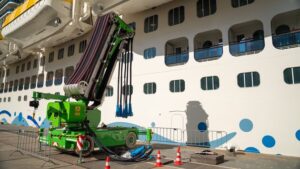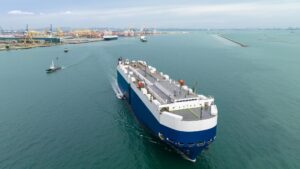Port of Rotterdam introduces location-based technology to curb CO2 emissions
The Port of Rotterdam has decided to introduce a new geofence system, which is part of the first phase of the Just-in-Time sailing project aimed at reducing CO2 emissions and improving ship movement efficiency.
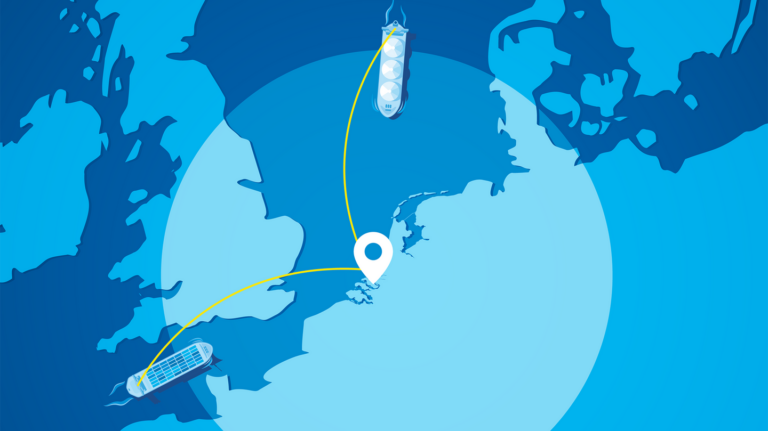
Starting mid-October, terminal planners and shipping agents have been receiving an e-mail notification as soon as a vessel crosses an imaginary line, a so-called geofence, and enters the inland shipping Port-passage Planning Area (PPA).
That geofence is positioned at a distance of 240 nautical miles around the Maascenter buoy. When passing this line, the vessel receives an Actual Time of Arrival (ATA) in the PPA, which provides more precise arrival times scheduling and a reduction of waiting times, according to the port.
The implementation of the geofence system is a shared effort by various stakeholders within the port, including terminal operators, shipping agents, and nautical service providers.
This collaboration is expected to increase information reliability, which in turn will contribute to a more efficient and sustainable operation of the port.
The just-in-time sailing provides significant benefits for both the ecological impact and operational expenses of inland shipping.
A 2022 study commissioned by the Global Industry Alliance to Support Low Carbon Shipping (Low Carbon GIA) found that implementing just-in-time arrivals in the last 12 hours of a voyage can decrease fuel consumption and carbon dioxide emissions by 4.23 percent.
This research was conducted as part of the GreenVoyage2050 initiative, a collaborative project between the International Maritime Organization (IMO) and Norway.
The GreenVoyage2050 Project is an IMO initiative that aims to “ensure no country is left behind in maritime decarbonization”.
According to IMO, it has been instrumental globally in supporting developing countries, including small island developing states (SIDS) and least developed countries (LDCs), to make progress with the implementation of the IMO GHG Strategy. This covers pilot demonstration projects on maritime decarbonization and exploring technologies in their ports and on their ships.
GreenVoyage2050 has been funded by the Government of Norway since its inception in 2019 and, in an agreement signed by Norway and IMO, funding was confirmed for Phase Two of the project up to 2030. The Government of Finland has also pledged funding worth €150,000.
Related Articles
-
Norwegian govt extends GreenVoyage2050 project
Business Developments & Projects -
Finland pledges funding for IMO-GreenVoyage2050 project
Business Developments & Projects

